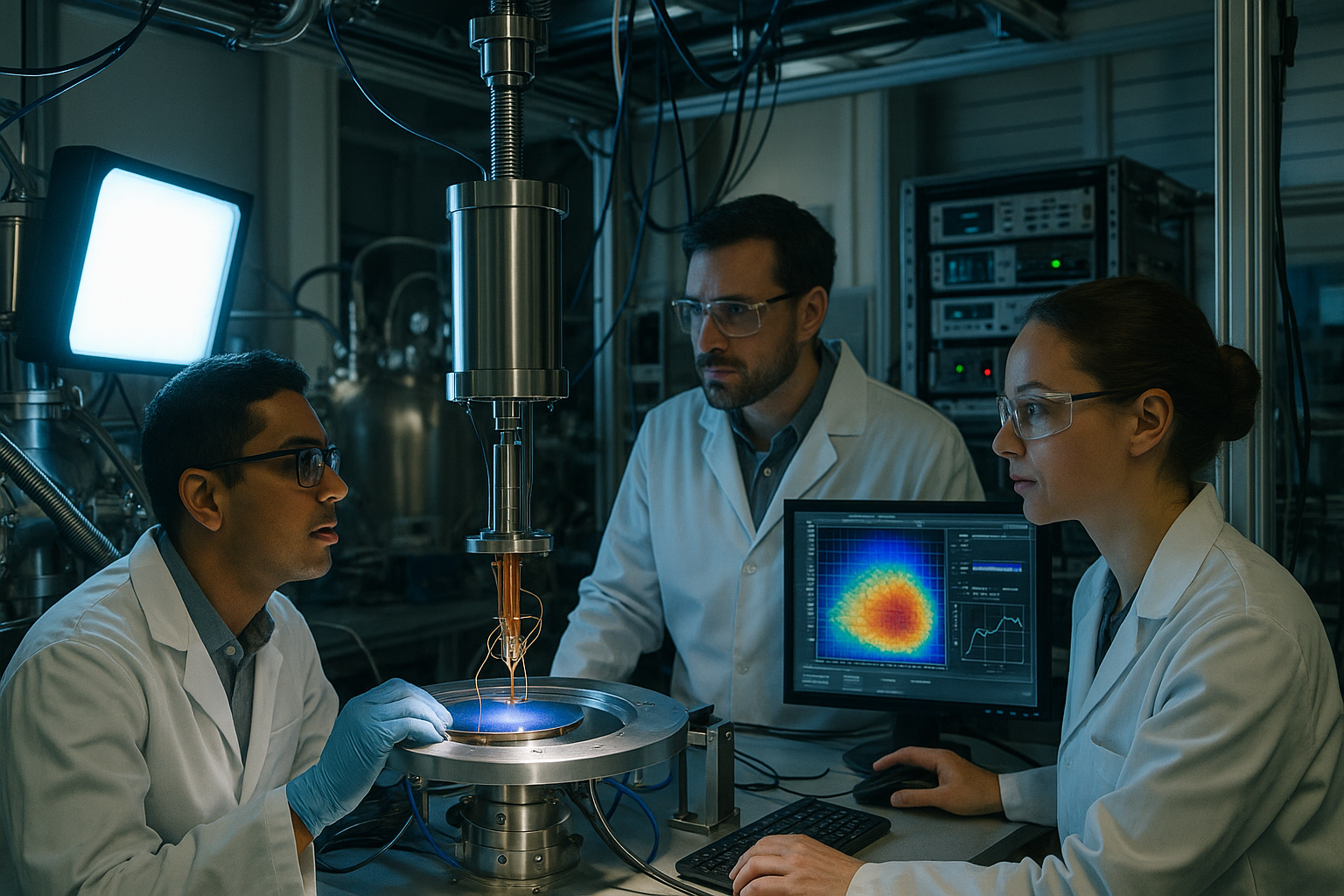The electronics revolution begins: It could become a thousand times faster

Researchers have been able to control the electrical conductivity of a quantum material called 1T-TaS₂ by heating and cooling it, according to a study published June 27 in the journal Nature Physics. This material could replace traditional silicon components, enabling electronics to operate much faster and more efficiently.
IT CAN CHANGE THE INSULATING PROPERTIES OF THE CONDUCTORThe research team demonstrated that the 1T-TaS₂ material can change its electrical conductivity or insulating properties according to temperature changes.
This discovery is seen as a revolutionary step for electronic devices because such materials could create much faster and more compact versions of existing silicon components.
"This material could increase the amount of information it can process per second by a factor of 1,000. Currently, processors operate at gigahertz speeds, and this technology will allow us to reach terahertz speeds," said Alberto de la Torre, a materials physicist at Northeastern University who led the research.
METHOD NAME: THERMAL COOLINGThe new method is known as "thermal cooling." This technique involves exposing a material to light, increasing its temperature, and the material acquires metallic conductivity.
Until now, this property has only been achieved at very low temperatures and for very short periods of time. However, this new research has shown that 1T-TaS₂ can maintain these properties at temperatures as low as -73 degrees Celsius, 250 degrees Celsius higher than previous experiments. Furthermore, this conductive state can be maintained for months after the material's light source is turned off and the temperature drops.

This development is similar to the working principle of transistors, which are semiconductor devices that control the flow of electricity in most of today's electronics.
One of the key factors behind the decline of modern computers from machines that once took up a roomful of space to small enough to fit in our pockets has been the continuous miniaturization of transistors.
Now, with quantum materials, this principle is being taken even further, aiming to make electronic devices faster and smaller.
Theoretical physicist Gregory Fiete of Northeastern University explained the significance of this development: "Our goal is to achieve the highest level of control over material properties. These types of materials can be processed very quickly and with very precise results. This makes them suitable for use in devices."
VERY SMALL VERY EFFICIENT
Fiete noted that quantum materials could overcome the physical limitations of traditional silicon technologies. Silicon semiconductors contain very densely packed logic components, which creates physical limitations. However, quantum materials combine both properties—the transition from conductor to insulator—in a single material, offering a much smaller and more efficient solution.
The thermal cooling technique has the potential to increase computer speeds because it controls conductivity using light. "It's a common problem for many computer users: we want something to charge faster," Fiete said. "There's nothing faster than light, and we're controlling material properties with light, at the fastest speed physics allows."
This new invention could be a revolutionary step for the future of electronics. Engineers will now have instantaneous control over material properties. "If we want to achieve incredible improvements in information storage or processing speeds," Fiete said, "a new paradigm is required. This study demonstrates exactly that innovation."
SÖZCÜ




